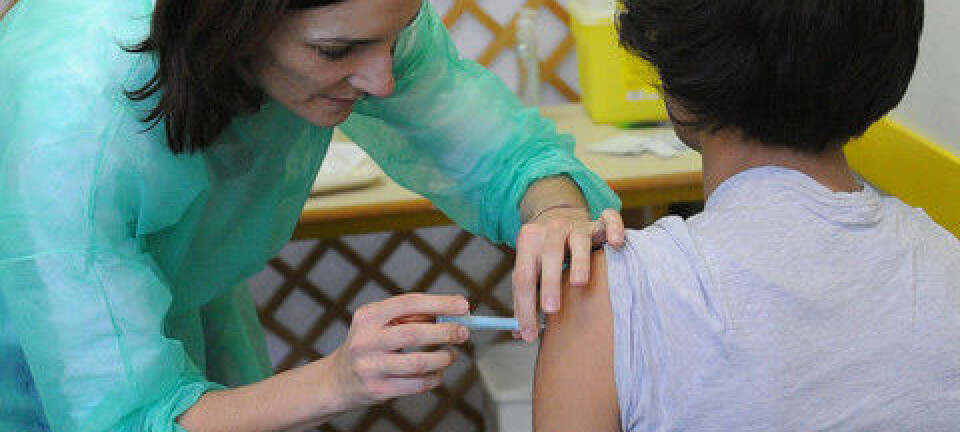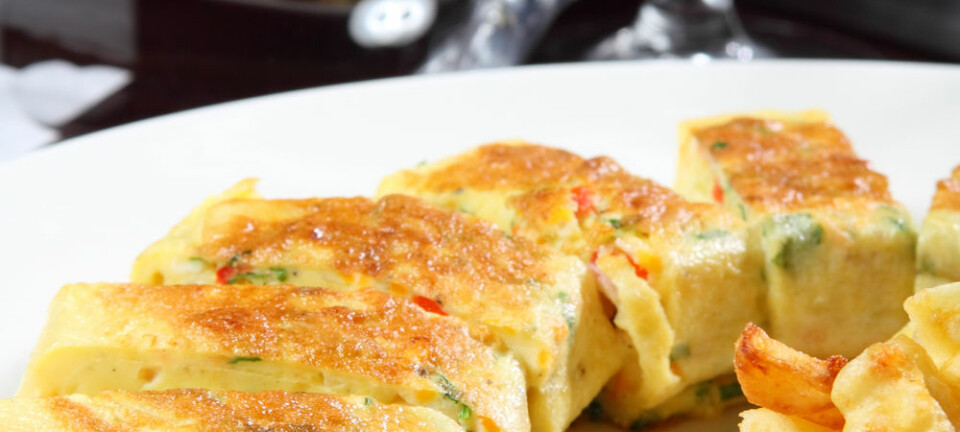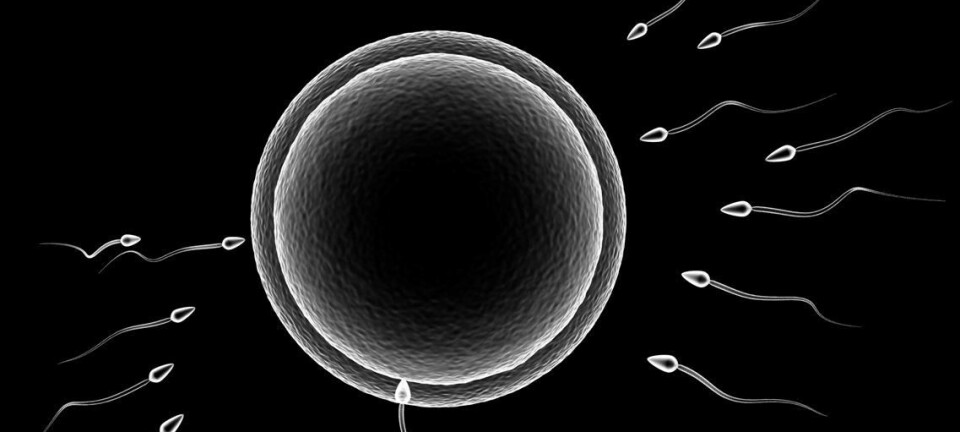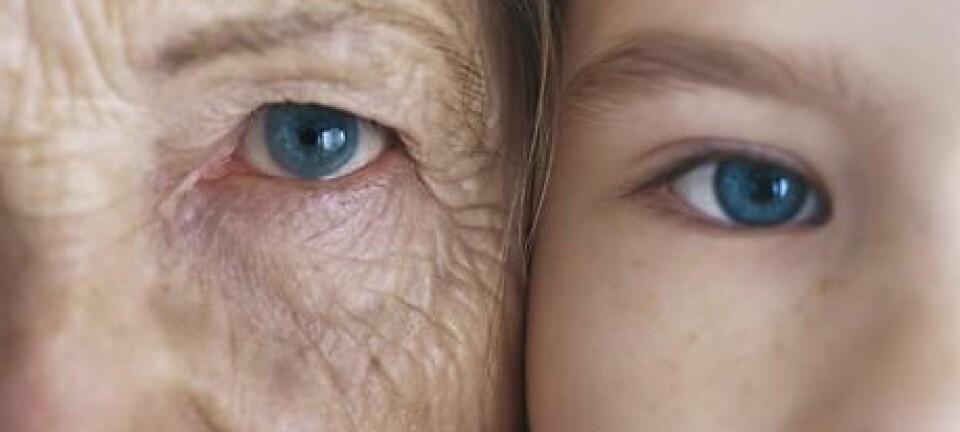
Protein that controls DNA packing identified
When the body’s cells divide, DNA is normally copied exactly into both cells. Sometimes this doesn’t happen, resulting in diseases or deformities. Researchers have now found a protein-based function that ensures correct DNA copying.
Each and every cell in our body contains our genes in the form of DNA.
A two-metre string of DNA is neatly packed and correctly structured inside the core of each cell – but a fault in the way the DNA copy is structured or packed can lead to diseases or deformities.
Researchers at the University of Copenhagen’s Biotech Research and Innovation Centre (BRIC) have now discovered the essential function of a protein that plays a major role in organising DNA strings correctly in the new cells.
Defective cell copying leads to disease
Every time a cell copies itself, proteins called histones arrange the DNA strings in the correct order. But a problem with the histones can lead to deformed cell cores, which can result in the development of diseases.
One example of this is the rare but hereditary anaemic disease CDAI, where the patient has too few red blood cells, and in some cases bone defects and deformities in the hands and feet.
Doctors have known for a long time that the blood cells of CDAI patients have deformed cell cores and problems with cell copying and cell division. It is also well known that CDAI patients have mutations in a protein called codanin-1, but the function of this protein was unknown and the cause of CDAI was not understood – until now.
Protein defect causes errors in cell copying
The new findings have revealed the function of codanin-1.
“Codanin-1’s function was completely unknown before,” says Anja Groth, an associate professor at the Centre for Epigenetics, who led the research. “Our results show that codanin-1 plays a vital role in transporting newly-synthesised histones and in ordering our DNA when our cells divide.”
The histones in the cells carry information about how to pack the DNA string and how the genes are to be used. Histones are transported into the cells by a molecular transport system controlled and regulated by the codanin-1 protein.
If there are mutations in the codanin-1, the protein can no longer regulate the transport of the histones correctly.
“You can compare this with a production line,” says Groth. “The first thing you need is histones. If they don’t come first and aren’t positioned optimally, the DNA can’t be packed correctly.”
The blood cells in CDAI patients are deformed by an incomplete structure which results from defects in the DNA structure – and this can also lead to problems in the cell division process.
New knowledge about gene regulation
Discovering the function of the codanin-1 protein has increased reseaerchers’ understanding of the copying process for our DNA and the way it is structured in our cells, and how our genes are regulated.
This is the first time a disease has been linked to a defect in the central molecular network that packs DNA into our cells.
---------------------------
Read this story in Danish on videnskab.dk
Translated by: Michael de Laine













